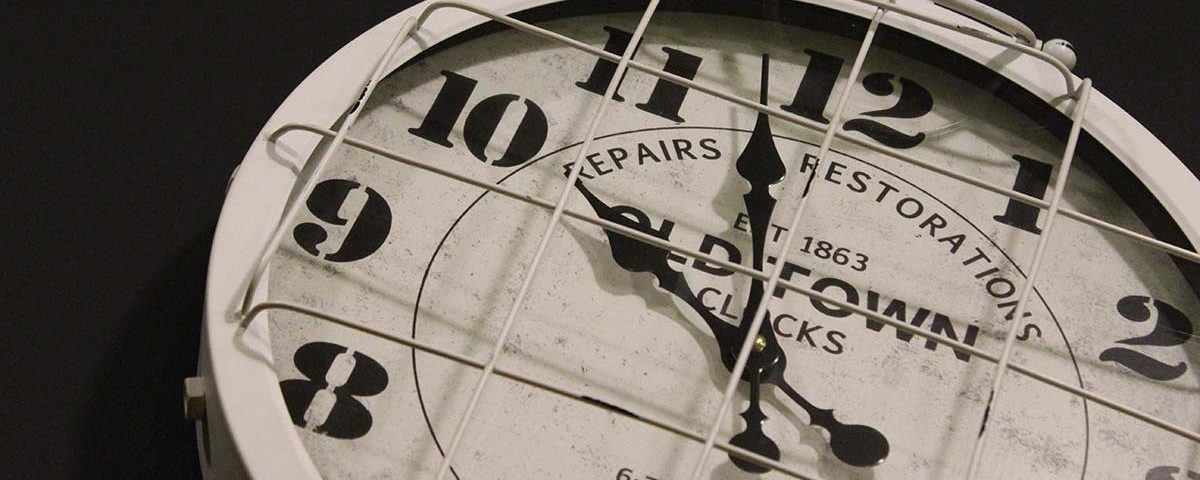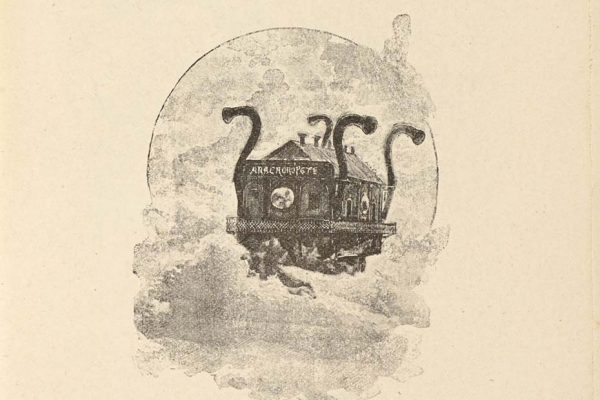
Spaceships, race cars, and even strange machines resembling Noah’s ark. Humankind has imagined the possibility of traveling into the past and future for thousands of years. However, only in the last two centuries have time travelers started doing so onboard machines and vehicles that can defy the laws of nature.
Come with us on a quick journey through the machines that have inspired writers and filmmakers – as well as scientists and engineers – to imagine time travel.
The first time-traveling ship in literature: the “Anachronópete”
In the second half of the 19th century, the world was changing rapidly. Science and technology promised a present and future full of new solutions, developments, and innovation. Railroads had connected distant points in just a few hours, and telephones transmitted the voices of people who were miles away. And that was just the beginning.
Against this backdrop of mind-boggling change, machines were clearly the stars, and this was reflected in literature. Jules Verne’s novels, full of space rockets and submarines capable of traveling thousands of kilometers underwater, made it around the world. It seemed like technology was the solution to any challenge. This was when Spanish writer Enrique Gaspar y Rimabu penned ‘El Anacronópete,’ the first literary work to describe a device capable of going back in time.
The Anachronópete is a ship powered by electricity that rotates in the opposite direction of the Earth’s spin at a much faster rate. That way, it rewinds the planet and returns to the past. “The world takes 24 hours for each revolution on its axis; my apparatus travels at a speed that is 175,200 times faster than this; and as a result, in the time it takes the Earth to journey one day into the future, I can voyage 480 years into the past,” the protagonist explains.
Hence the very name of the machine, which is composed of three Greek words: ana, which means backwards; chrono, time; petas, related to flight. The machine that can fly back in time.
 Illustration of ‘El Anacronópete,’ a machine that the author describes as similar in shape to Noah’s ark. British Library
Illustration of ‘El Anacronópete,’ a machine that the author describes as similar in shape to Noah’s ark. British Library
Sindulfo García’s voyages to the past
Enrique Gaspar y Rimbau’s novel tells us the story of Sindulfo García. This inventor and scientist from Zaragoza builds the Anachronópete after discovering the secret of time travel. Along with his niece Clara, his assistant Benjamin, and other crew members, he boards his time ship and embarks on odd adventures.
The group travels to the Battle of Tetuan in 1860, Granada in 1492, and third-century China. They then continue back in time to Pompeii in the year 79 and Noah’s time. As Gaspar y Rimbau describes in the novel’s pages, “thanks to it, you can eat breakfast at seven in Paris in the 19th century, lunch at noon in Russia with Peter the Great, dinner at five in Madrid with Cervantes (provided you have money that day), and spend the night on the road, only to land with Columbus at dawn on the beaches of the virgin Americas.”
The author first tried presenting his work as a zarzuela but was unsuccessful. He ended up publishing it as a novel in 1887 in Barcelona. This was eight years before the publication of H.G. Wells’s ‘The Time Machine,’ long considered the first science fiction work to describe a time machine.
The revolution of relativity
Just a few decades after the first copies of ‘El Anacronópete’ were printed in Barcelona, a German scientist’s theories revolutionized everything the world knew about the laws of space-time up until then. This, of course, was Albert Einstein and his theories of special relativity and general relativity.
Broadly speaking, Einstein essentially left behind Newtonian laws, which declared time immutable across the universe. He laid the foundations for understanding time as relative, depending on the gravitational field in which it is measured (among other factors). For example, it passes more slowly for objects in motion than those at rest. This is why spacecraft moving through space at a different speed than Earth’s may experience time passing differently.
 Einstein’s theories point out that time is relative in the universe. Mitchel Hollander (Unsplash)
Einstein’s theories point out that time is relative in the universe. Mitchel Hollander (Unsplash)
Einstein’s theories (theoretically) explained the possibility of time travel. This, of course, revolutionized the world of science fiction. Spaceships became vehicles for jumping forward or backward in time, going into time loops, or investigating the relationship between space and time.
In Christopher Nolan’s film ‘Interstellar,’ for instance, astronauts who go out in search of new worlds for humanity to settle suffer the consequences of time’s relativity. For them, the hours grow longer, but the days go by faster for their family and friends on Earth.
The paradoxes of science – and cinema
When Marty McFly accidentally travels from 1985 back to 1955, he finds that he changed the way his parents met. The consequences are potentially dire: he might never be born.
‘Back to the Future’ thus presents one of the most well-known paradoxes that time travel has raised: what happens if you prevent your own birth on a trip to the past? Over the last few decades, scientists and philosophers have faced this and other questions, and there are still many unknowns.
In the movie, Marty gets his parents to meet and fall in love before hopping back in the DeLorean and to the ’80s. In this case, the time machine is a car with gull-wing doors that can fly and is powered by eco-friendly fuel. Today, that sounds a little less like science fiction.





There are no comments yet